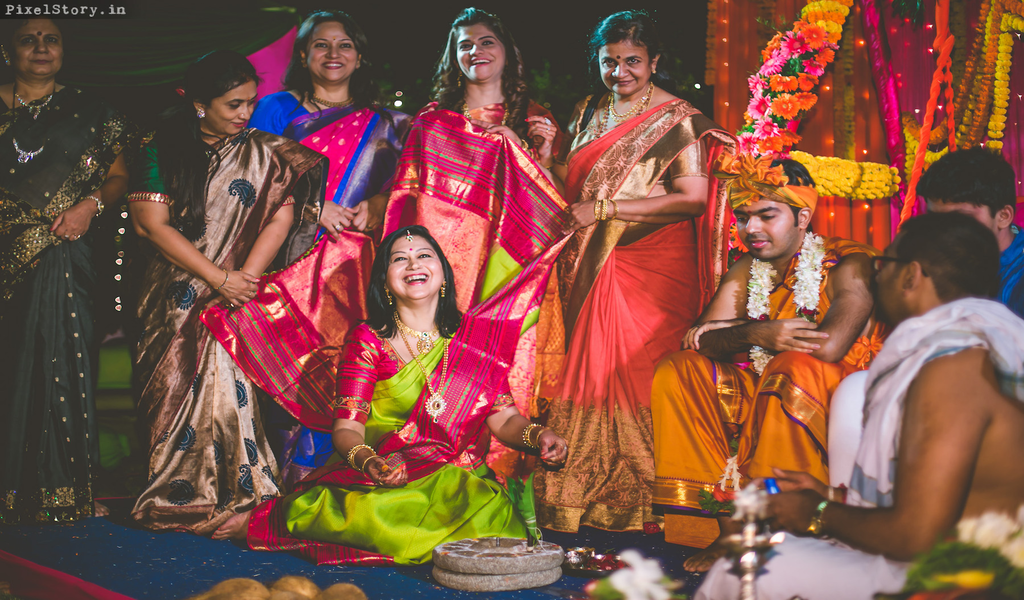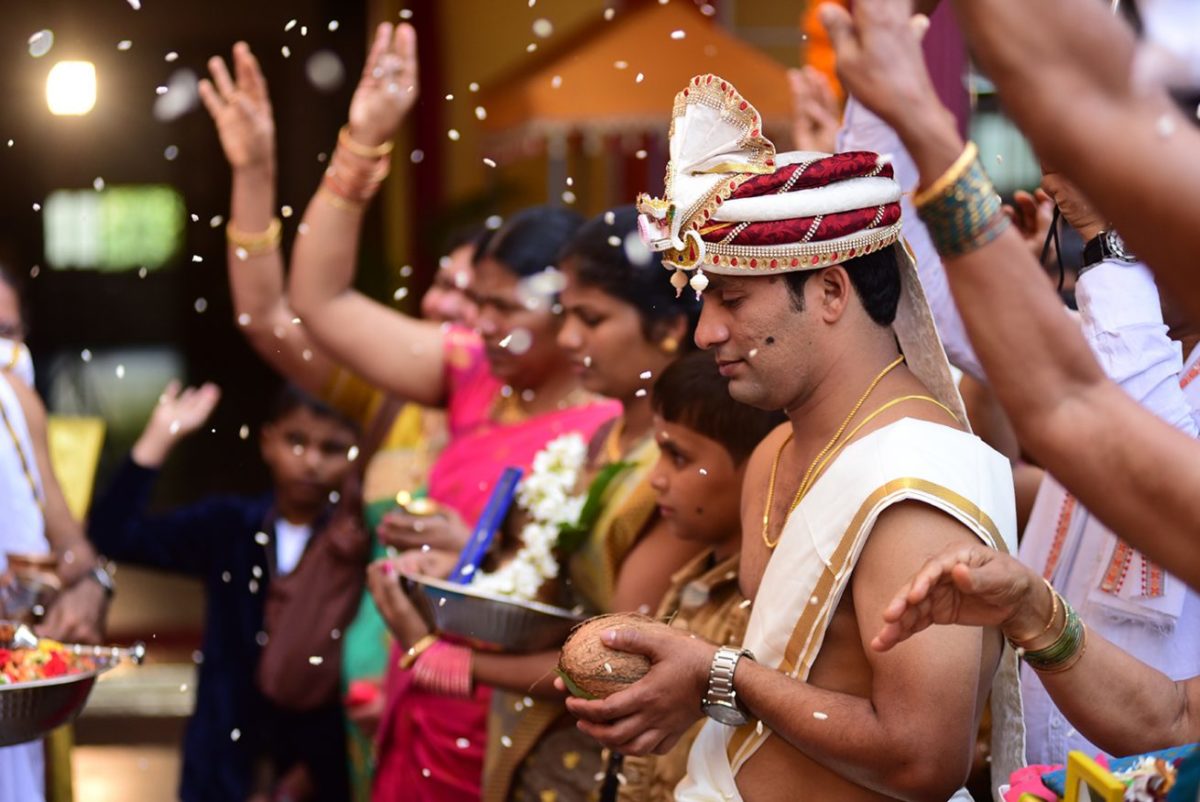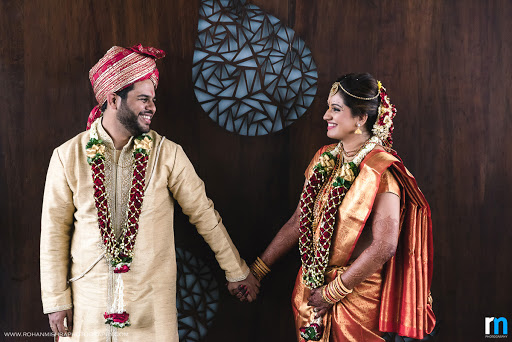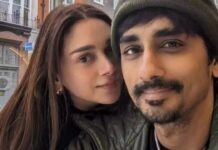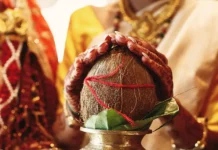Every ritual in an Indian wedding is loaded with stories and emotions. The significance of different Indian weddings purely reflects the rich culture of our motherland with so much grace and reverence. One such wedding is the Konkani wedding full of excitement. Two of the most popular people of Bollywood, Deepika Padukone and Ranveer Singh, also got married according to Konkani rituals. What exactly are the rituals that sanctify the union of two souls is the most important and interesting thing to gain knowledge about. If you have never attended a Konkani marriage before, here is a list of the top-notch significant rituals that make such wedlock amazingly winsome.
- Phool Muddi Ceremony – It starts with the parents of the bride giving the groom a ring and pair of new clothes. The same is done by the parents of the groom with the bride except for the fact that the ring is replaced by flowers. The bride then changes into the saree given by her mother-in-law and the couple is declared to be engaged to each other.
- Udida Muhurat – Udida or black gram is used extensively by people of the Konkan region and hence, it is considered to be a sign of auspiciousness.On the wedding day, the bride and groom have to grind the black gram in a stone grinder.
- Kashi Yatra – In this ceremony, the groom pretends to have gotten tired of all the long ceremonies and plans on starting his journey to Kashi in order to lead a life of solitude. The father of the bride has to convince him to stay back and get married to his daughter.
- Mandap Puja – The bride comes out dressed in a traditional nauvari saree. She is brought to the mandap by her mother for the mandap puja. The mother and daughter perform puja and the mother then ties a daremani. It is done around her daughter’s neck- necklace made of black beads and gold. It is blessed, initially, by all the married women in the family.
- Varmala – Once the groom arrives, the bride is brought to the mandap by her maternal uncles. The couple sits separated by a cloth sheet called antarpatt while the priest chants mantras. As the antarpatt is lifted, the two put a garland around each other’s neck.
- Kanyadaan – This signifies that the parents of the bride are blessing the union of their daughter with the groom. Once this ceremony is done, the groom and bride are finally allowed to sit together. The groom ties around a mangalsutra made of gold and corals around his bride’s neck.
- Layi Homa – This is where a havan takes place. The bride’s maternal uncles and brothers stand in descending age order while facing the bride and groom. A handful of rice puffs is passed from one member to the next. This is eventually handed over to the bride and groom who put the rice puffs known as layi into the homa kund together. This happens five times after which the bride and groom take pheras. These are around the homa kund where the groom leads two of them and the bride leads the other two.
Photo by: Rohan Mishra Photography (www.rohanmishraphotography.com) - Saptapadi – It is conducted with seven mounds of rice kept between the bride and groom who hold right hands. The bride moves towards her groom, one mound at a time, taking a total of seven steps. The two are declared to be officially married. And the rest of the havan is conducted with them as a married couple. The bride changes her half-moon bindi to a full one, signifying that she is now a married woman.





